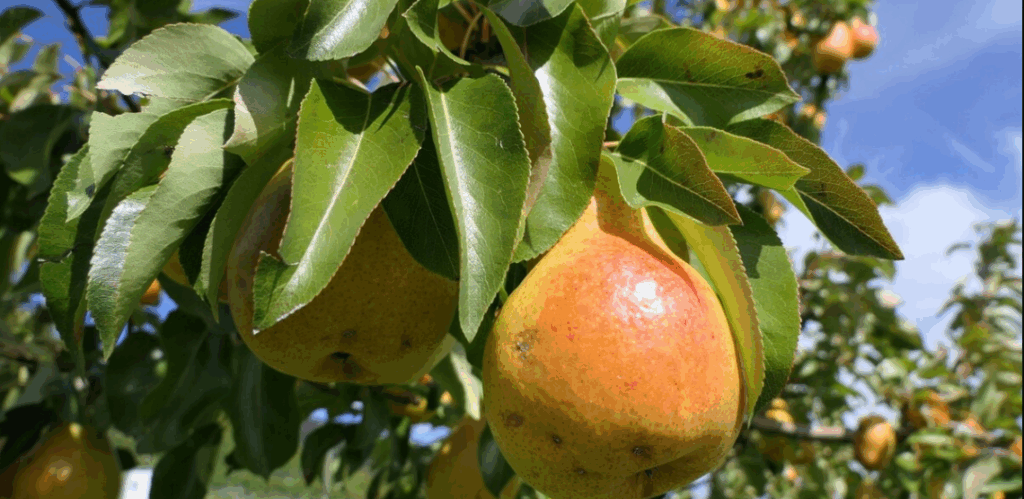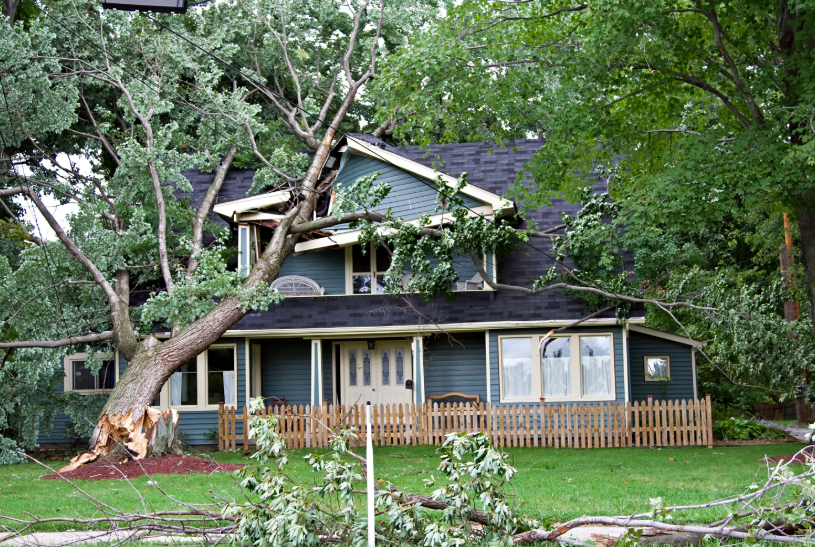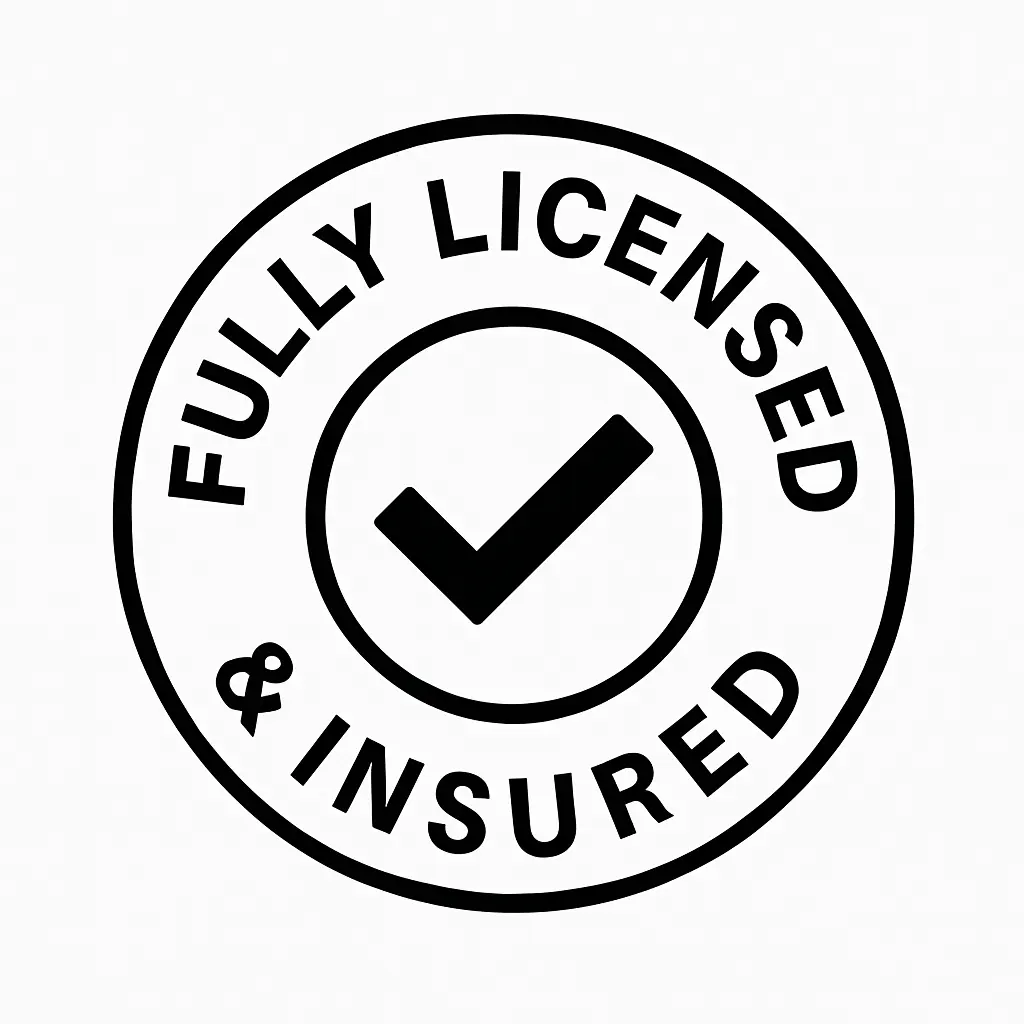How Do You Trim a Bradford Pear Tree

How Do You Trim a Bradford Pear Tree Bradford pear trees are infamous for their fast growth and their equally fast downfall. If you have got one in your yard, you might have probably wondered: How do you trim a Bradford pear tree without it splitting in half later? The secret lies in trimming during the dormant period and understanding how to trim correctly. In this comprehensive guide, you will get to know which season is best for trimming and how to trim trees professionally to secure your landscapes. We will also tell you some common mistakes to avoid to keep your Bradford Pear healthy for years to come. What Is a Bradford Pear Tree? The Bradford pear tree is a cultivar of the Callery pear. It was originally introduced in the U.S. in the 1960s. They became super popular because they grow really fastand bloom with bright white flowers in spring, thereby looking neat and uniform. But Bradford pears are weak as well. They form narrow, V-shaped branch unions that are prone to breaking, especially during storms. This is why trimming isn’t optional. It is essential. If you skip it, you are waiting for a limb to crash onto your driveway. Why It’s Important to Trim a Bradford Pear Tree Bradford pear trees are genetically doomed to break apart if not managed carefully. It prevents structural failure by reducing pressure on weak limbs. By removing dead, diseased, or rubbing branches, you can shape your tree and balance it. Moreover, you can protect your property from falling limbs. When to Trim a Bradford Pear Tree The best time to trim a Bradford pear tree is late winter or early spring. The tree is dormant, but before new growth starts. Why? So, avoid trimming in fall. It encourages new growth too close to winter.And don’t prune when it’s flowering. You will stress the tree and ruin the blooms. Tools You Will Need to Trim a Bradford Pear Tree Don’t show up with kitchen scissors. Use the basic gear you will need: Step-by-Step: How Do You Trim a Bradford Pear Tree Properly? This is where it gets real. Let’s walk through the exact steps you need to follow when trimming your Bradford pear tree. Step 1: Inspect the Tree’s Structure First, start by standing back and looking at your tree from all angles. Look for weak V-shaped joints where branches split and dead or diseased limbs. Suckers growing at the base or vertical sprouts up top. If a branch looks sketchy, it probably is. Step 2: Start From the Bottom Trim the suckers growing from the base of the trunk. These shoots drain energy and do nothing useful. Next, remove water sprouts. These are thin vertical branches that shoot straight up from main limbs. Both of these are tree clutter. Get rid of them. Step 3: Cut Problem Limbs Now look for branches that are: Cut those back to the branch collar. This is the area that is slightly raised where a limb joins the trunk or a larger branch. Never cut flush with the trunk and never leave a long stub. This helps the tree heal faster and avoids rot. Step 4: Thin the Crown Now we shape the inside. This step is called crown thinning. This technique helps light and air move through the canopy. Remove no more than 25% of the tree’s branches and focus on even spacing between limbs. You can keep dominant branches with good angles. But make sure to avoid stripping one side more than the other, as you are not trying to gut the tree, just giving it room to breathe. Step 5: Shape the Tree This is the finesse work. Bradford pears tend to grow in weird directions if left alone. You want to encourage a strong central leader, which is the main vertical trunk. To do this, remove branches that compete with it. Then balance the tree by trimming overly long or heavy branches that throw off the symmetry. Don’t aim for perfection, but just prevent imbalance. Common Mistakes When Trimming Bradford Pear Trees Most people mess this up. Do not do the following to get flawless results: 1. Topping the tree Never top a Bradford pear. Topping means chopping off the top section of the tree flat. It will destroy the natural shape of your tree and encourage weak regrowth. Moreover, it will make your tree prone to diseases as the wounds are open. Yes, it might look like a quick fix, but it leads to long-term damage. 2. Removing too much at once If you remove more than 25% of the branches in a single season, you will shock the tree and slow down growth. Additionally, it will make it vulnerable to pests and heat. You can spread heavy trimming out over 2-3 years if needed. 3. Cutting at the wrong place Avoid cutting too close to the trunk and too far out (stub and flush cuts). Always cut just outside the branch collar so it heals naturally. 4. Ignoring structural pruning in early years If you don’t shape the tree while it is young, it will form narrow crotch angles, competing leaders, and dense, messy canopies. Start shaping from year one, and your trees will thank you. How do I Prevent Splitting in Mature Bradford Pear Trees Bradford pears split like it’s their job. 1. Focus on strong branch angles Cut out any limb that forms a tight V-shape. These are the ones most likely to split whereas you can keep limbs that form 45–60 degree angles. They are much stronger. 2. Prune for structure every year Annual structural pruning in late winter distributes weight evenly and increases the lifespan of your tree. Don’t skip a season just because the tree looks “fine.” 3. Lighten heavy limbs If a branch is stretching too far or sagging, remove the outer sections to reduce weight. 4. Consider tree cabling (as a last resort) For large Bradford pears with multiple trunks, certified
What to Do If a Tree Falls on Your Property

What to Do If a Tree Falls on Your Property Thud! Imagine that a massive crashing sound shakes your whole house. You wonder what it could be and look outside the window. And there it is— that unstable leaning tree has fallen in your yard, or the worst possible scenario is on your property. Devastating to see, isn’t it? What now? Don’t worry, as we have made this blog for you. In this article, we will know what exactly to do if a tree falls on your property, and who is responsible for it. Further, we will discuss what insurance covers for you and why not calling a professional can cost you in thousands. What to Do If a Tree Falls on Your Property? So you have just heard deafening noises and you find to know it’s your tree that has fallen across your lawn. First things first! You have to do this: Don’t panic. Check for injuries. Safety is important. Make sure no one is hurt and there are no pets in the surroundings. You can use cones, tapes and chairs to keep people away from the affected area. Look for hazards. Is the tree touching the electrical lines? Is the underground utility system working fine? No gas leakage problems. Who to call for what damage? For trees that are tangled in power lines- call the utility companies For any gas leaks, call the fire department. Call 911 immediately in case of any other safety hazard. If your tree landed on your house, vehicle, or even garage, don’t enter the area. There could be any structural damage you can’t see. Who Is Responsible If a cc on Your Property? Now this is the part where things can get messy. If the tree was on YOUR property: Then it is your responsibility to deal with it even if it fell during a storm. If it were your NEIGHBOR’S tree: It depends on one word—negligence. If a tree is healthy enough to fall as a result of wind or rain, then your neighbor is guilty of nothing. But if it might have been rotting, leaning, or dead and you might have warned them about it, they might be liable. But here’s the kicker: Insurance companies generally call storms an “Act of God,” which means that, in the long run, every property owner takes care of his or her damage, regardless of which tree it was attached to. Unless there’s a case of negligence proved (such as emails or warnings), you’re likely on your own footing for the bill. ➤ If it hits power lines: The utilities company is responsible for line repairs. You will have to deal with the damage unless told otherwise. ➤ Shared fences or boundary trees: Homeowners should consult their local cities or HOA rules. Sometimes, it goes 50-50. When in doubt, get legal advice. Neighbor’s Tree Fell on My Property — What Should I Do? No one wants to start a feud in this awkward situation. Handle this by the following steps: Make sure to take lots of clear pictures of the fallen tree from every angle. Be sure to include pictures of the base of the trunk as well—was it rotten or hollow? If you have warned them sometime before, get that warning text, e-mail, or letter. Stay calm and explain that you are contacting your insurance. Don’t accuse them; just document the situation. You can also file a claim with the insurance company. All you have to do is to submit the evidence and wait for the adjuster to look at the damaged tree before it is removed. If it’s the mistake by the neighbour, the insurance company might go after theirs through subrogation. Does Insurance Cover Tree Damage? Now to the money part. Homeowners insurance policies commonly cover structural damage to your dwelling, damage to fences, garages, sheds, and decks, and for some limited removal of trees (provided that the tree has damaged a covered structure). The costs usually range from $500 to $1,000. Not covered by insurance companies: If the tree fell without causing damage of any kind. If you removed the tree before the adjuster arrived. Damage to your lawn or garden decor. Damage to your neighbor’s property (they’ll have to file their own claim). Always take photos and obtain permission from your insurer before removing any tree. When to Call a Certified Arborist or Tree Removal Service If you are seeking a DIY option: One must call a professional for safe tree removals. DIY is not a feasible option as a person can cause even more damage to their properties, and the insurance won’t even cover it. If you are a homeowner, with prior experience and equipped with the specific arboricultural tools like saws and climbing gear, you can carry out a removal. You might be able to handle it if it’s less than 5 ft and is not in the vicinity of power lines. However, it is not only about safety always, it is also about liability. Often, regulatory laws do not allow a person without a certificate to handle their trees. So always confirm with the local authorities. Choosing a Professional service: Seek a professional tree company if your tree is large, leaning dangerously. If it has fallen on a structure, don’t risk it and contact a certified arborist or a licensed tree Falls removal company immediately. Why so? They cut the right way, so there will be no more damage to your home and surrounding vegetation. Professionals have designated trucks for quickly lifting, hauling, and grinding trees. They provide a written assessment, which assists with the insurance claim. Arborists have years of experience in handling all kinds of trees. They will make sure you don’t get hurt. Also, remember to check: A proof of insurance Certification or licensure References or reviews A detailed estimate that should be emphasized in writing Cost to Remove a Fallen Tree Tree removal costs can sneak up on you. Tree Size/Type Cost



